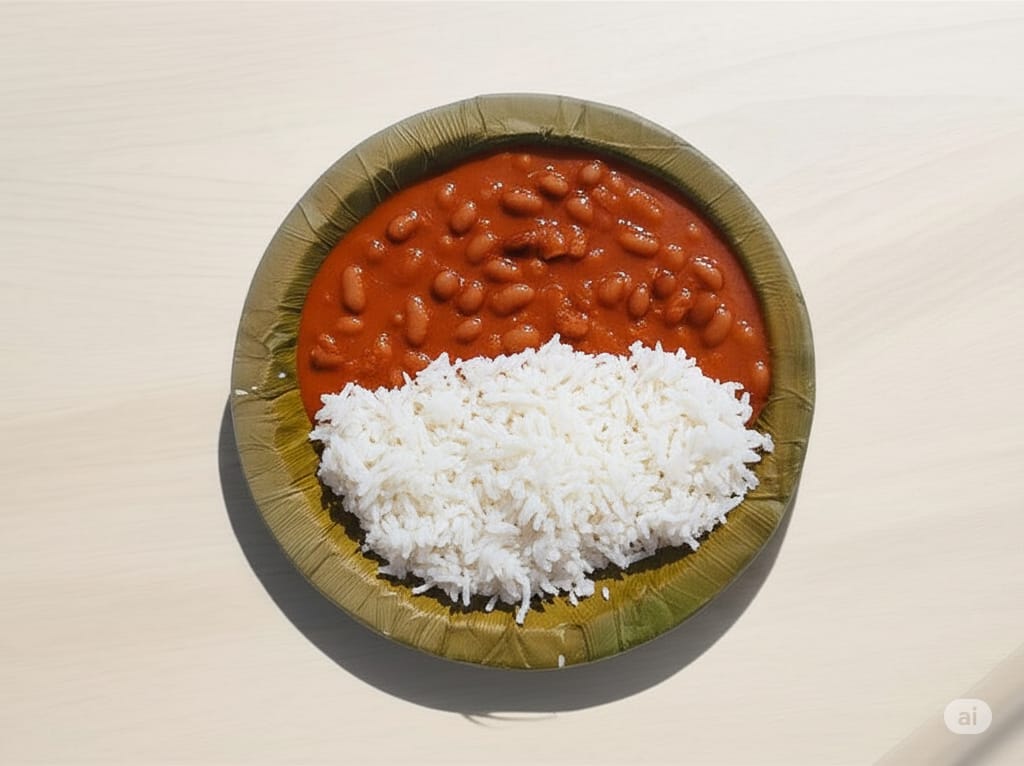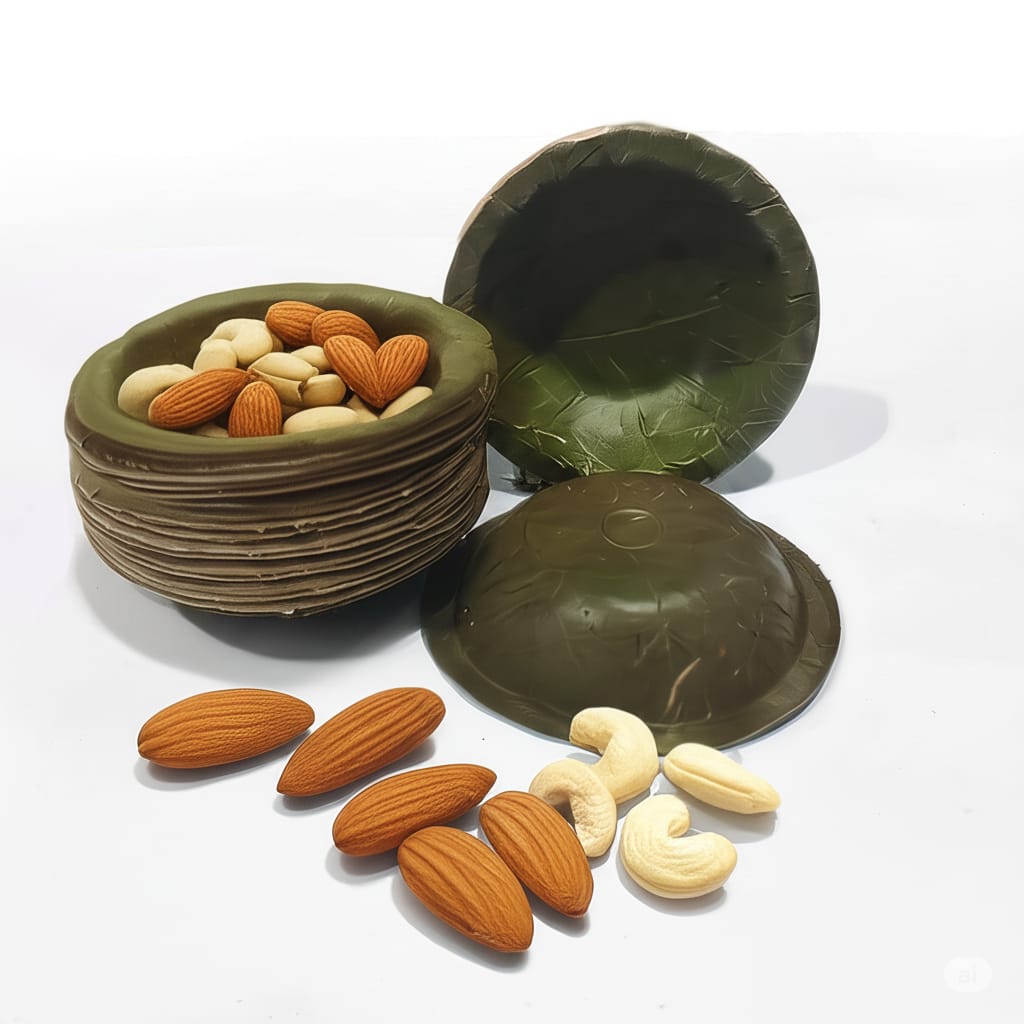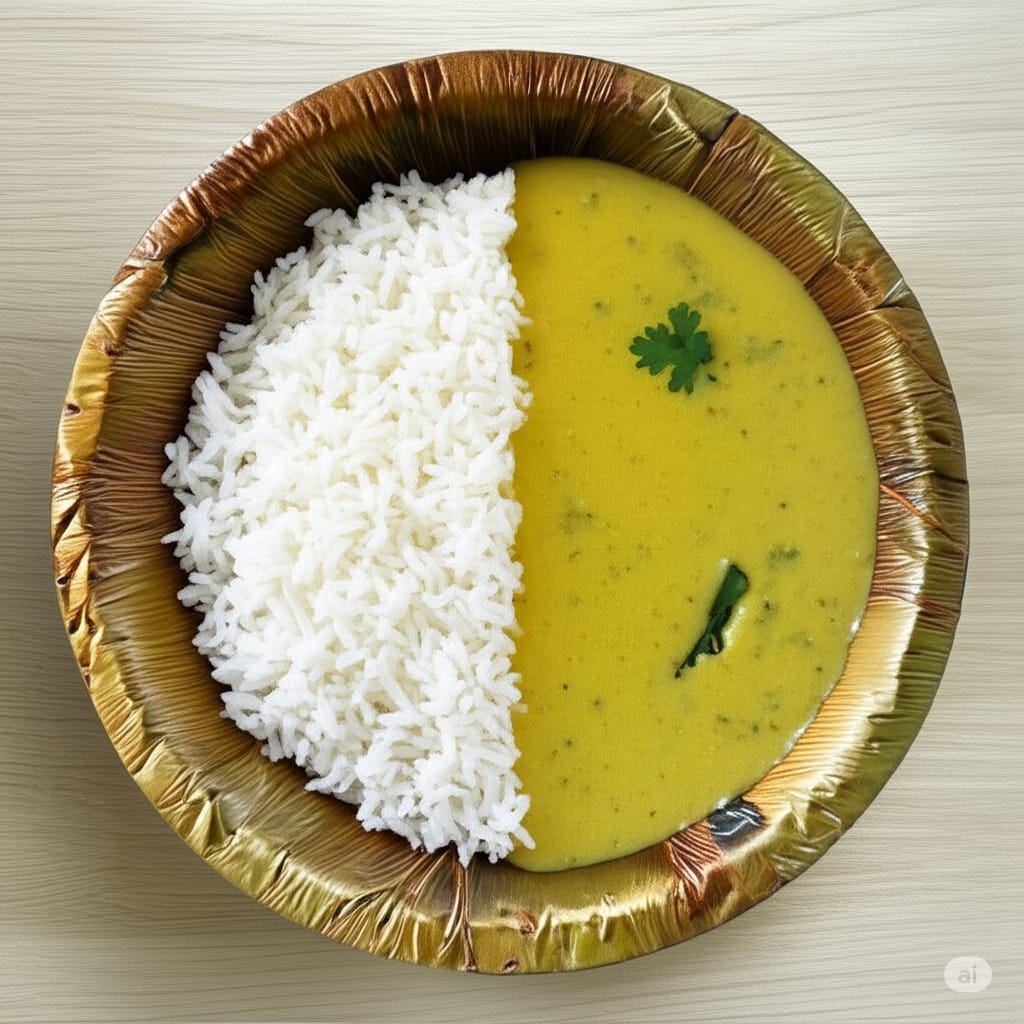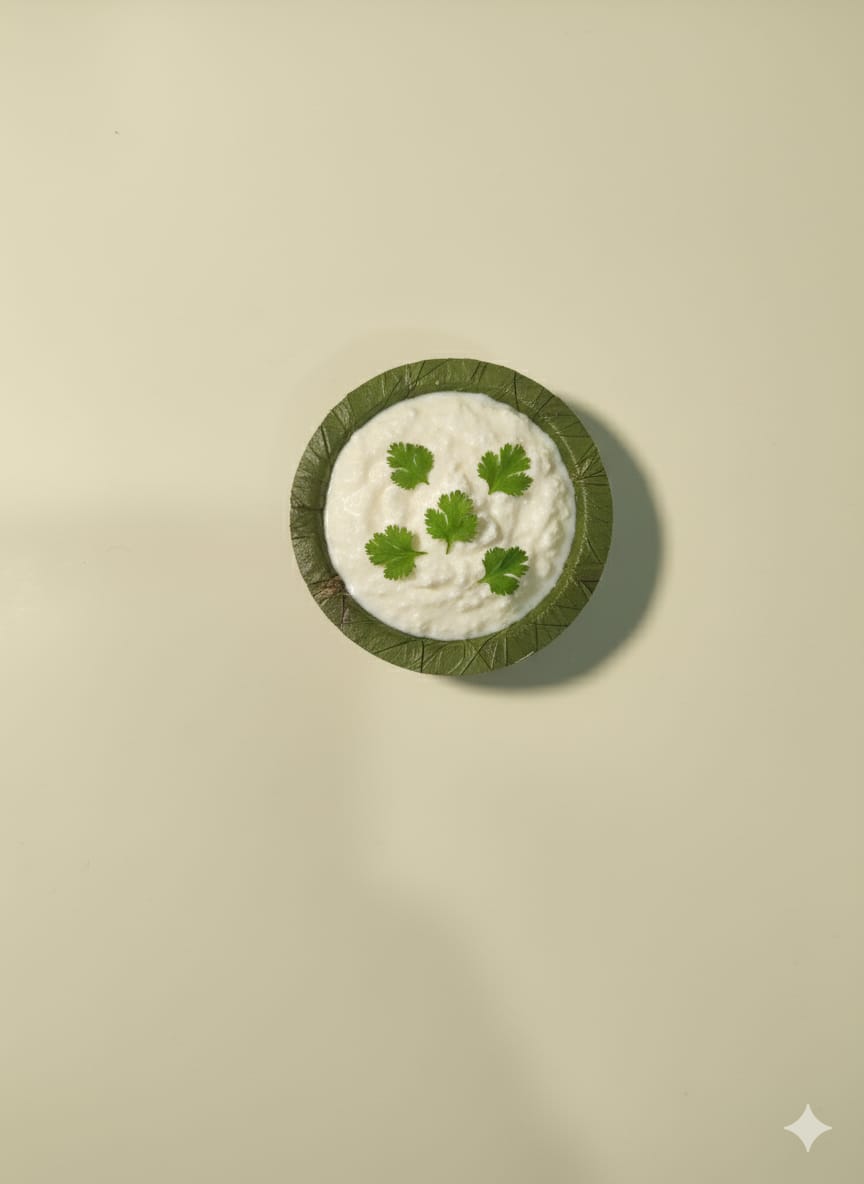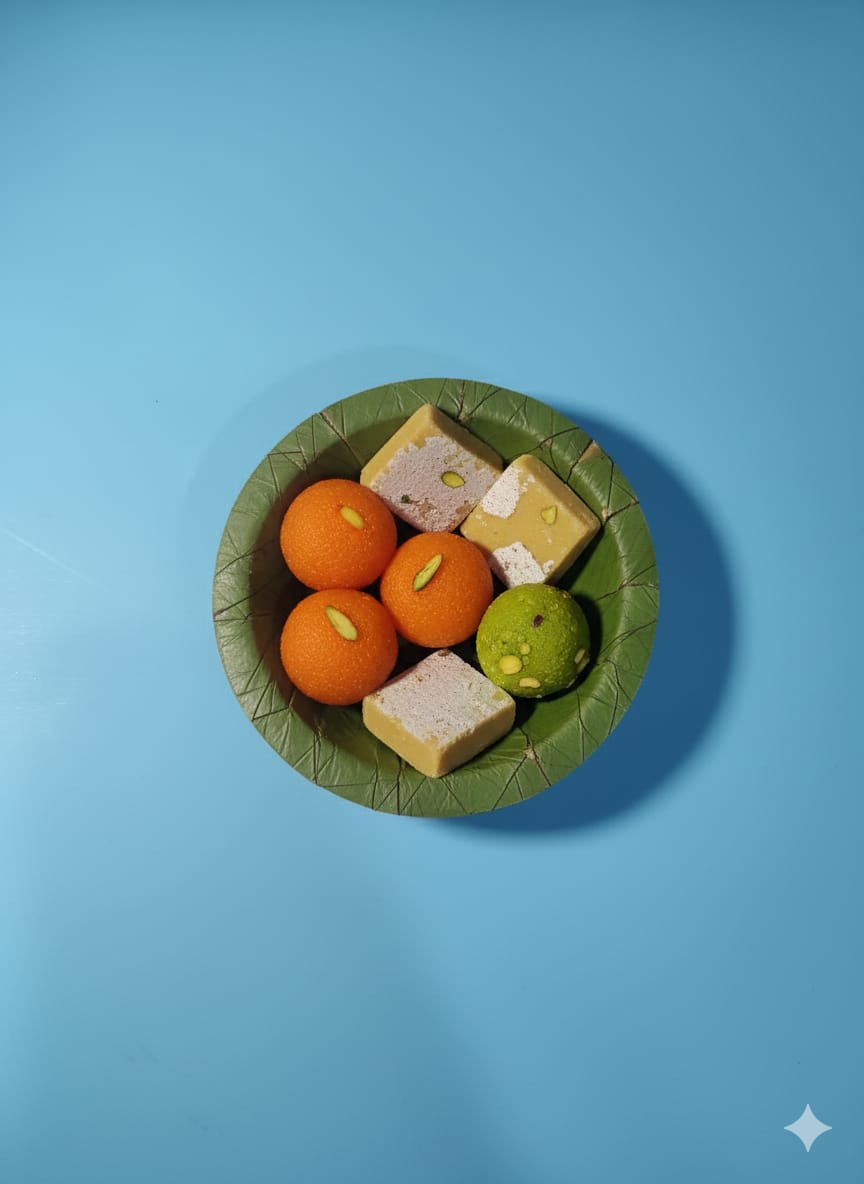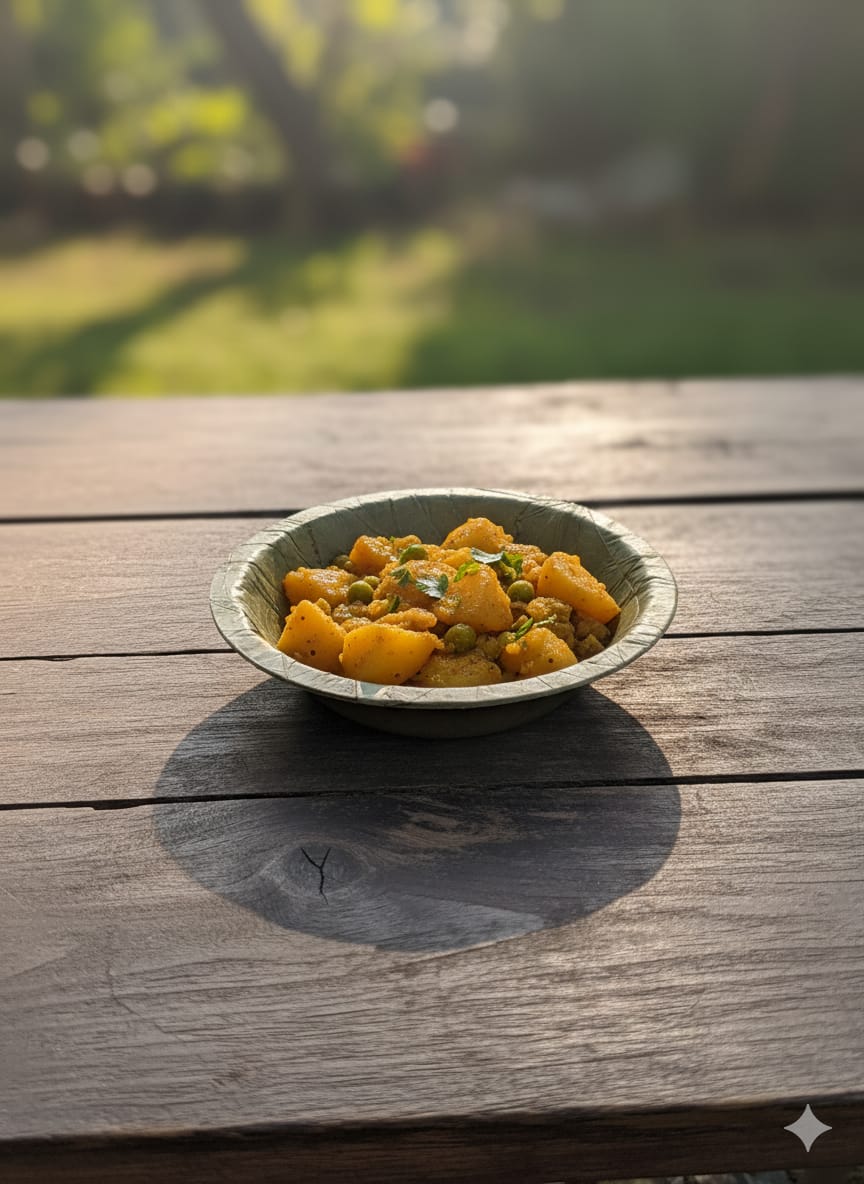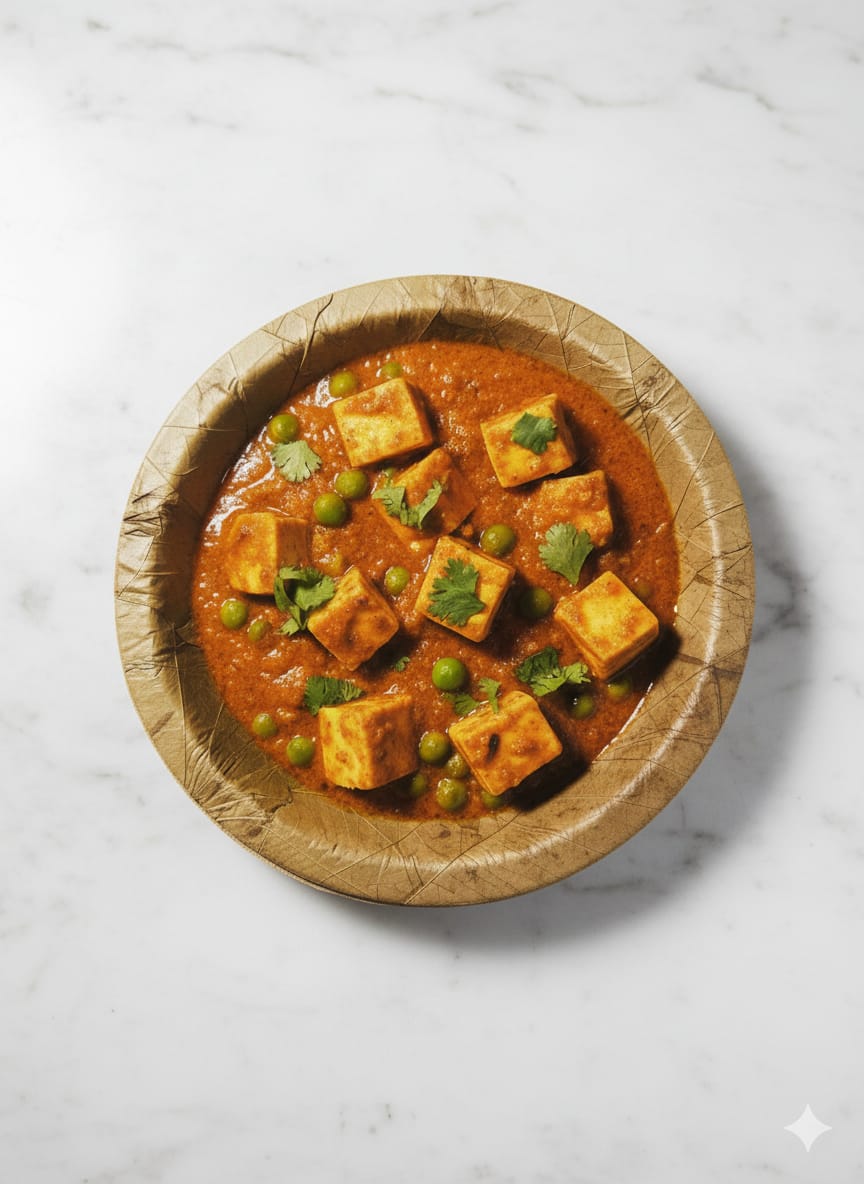Blogs
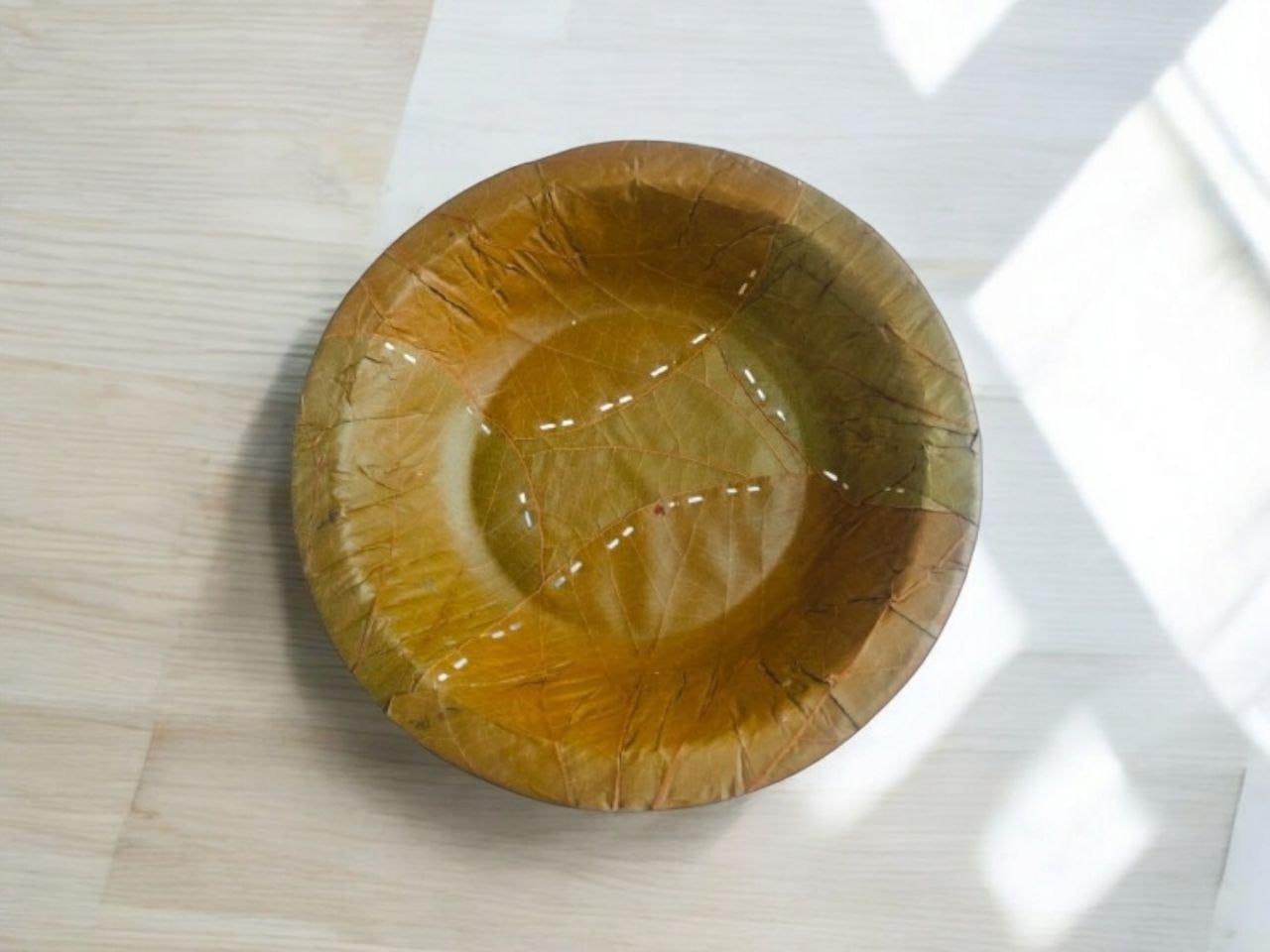
Ancient Habits, Modern Proof: Leaf Plates Through History
From Banana to Sal Tree: Cultures That Always Used Leaf Plates Long before paper plates or plastic spoons showed up, people were already enjoying meals on green, leafy plates. In South India, a celebration without banana leaf plates is almost unthinkable, especially during weddings and festivals. Every culture had its own favorite leaf, picked straight from nature and perfectly suited for the local food and climate. In Thailand and Indonesia, people often served snacks and sweets on banana leaves, folded like little green bowls. What’s fascinating is how each region naturally figured out which leaf was best suited for their cuisine and lifestyle. In many of these cultures, leaf plates weren’t just tools—they carried spiritual or cultural meaning tied to purity and respect. In tribal communities, leaf plates were passed down as a shared cultural practice that connected generations through meals. What’s amazing is how these old habits are now finding their way back into modern eco-conscious lifestyles around the world. Countries like Germany, the UK, and Australia are importing them as a sustainable solution for picnics, parties, and caterers. Ayurvedic Logic: Why Leaves Were Considered Clean and Safe in Ancient Plate Use Have you ever wondered why our grandparents insisted on eating meals off leaves? Well, Ayurveda had a whole science behind it. Far from being just a rustic tradition, using leaf plates was actually a smart and hygienic choice. Let’s dig into the leafy logic of Ayurveda and see why our ancestors knew what they were doing. In Ayurveda, nature is more than just a backdrop—it’s the pharmacy, the kitchen, and even the dinnerware shop! Leaves like banana, sal, and palash were believed to be naturally clean because they grow in open air, absorb sunlight, and don’t hold on to grime like metal or plastic. Their waxy surfaces repel dust and water, making them easy to rinse and quick to dry. What’s more fascinating is that many of these leaves have antimicrobial properties. That means they naturally fight off certain bacteria and fungi. No soap, no chemicals—just pure nature at work. It’s like having a plate that’s cleaning itself while you eat. Ayurveda simply respected that process and encouraged people to dine closer to the earth. Ayurveda isn’t just about herbs and massage oils—it’s a deep, ancient science of balance. It talks about three energies or doshas: Vata, Pitta, and Kapha. The food you eat, how you eat it, and yes, even what you eat it on, affects your doshas. According to ayurvedic thought, certain leaves carry specific properties that help balance these energies. For example, banana leaves are known to be cooling, making them ideal for hot weather and calming your fiery Pitta. Palash leaves have detoxifying properties that support digestion, which can balance your sluggish Kapha. Sal leaves are sturdy and grounding, offering steadiness to high-flying Vata. So eating off a leaf wasn’t just cultural—it was like aligning your mealtime with your body clock! Eating wasn’t just about hunger in the ayurvedic lifestyle. It was also a ritual. The plate was seen as part of the sacred act of nourishing the body. Using freshly plucked leaves meant each meal began with a clean, single-use surface. Unlike modern plates that get reused (and sometimes not so thoroughly washed), leaf plates offer a fresh start every time. Leaves were also considered sattvic, or pure, in nature. This means they were believed to promote clarity, peace, and health when used in daily life. They didn’t carry old food smells, didn’t harbor bacteria, and they decomposed back into the earth without any waste. So, they were clean in body and clean in spirit—something modern packaging can’t quite claim. Our ancestors were accidentally eco-conscious long before climate change became a dinner table topic. Leaf plates are 100% biodegradable. No soap needed. No detergent waste. No scrubbing drama. Once the meal is done, the plate goes straight to the compost or the cows. Ayurveda’s logic was simple: if it comes from nature, let it return to nature. No extra steps. No trash. No guilt. In fact, feeding animals with used leaf plates was a common practice—nothing wasted, everything shared. How’s that for a zero-waste lifestyle? Here’s something your taste buds will appreciate. Many ayurvedic texts note that serving hot food on fresh leaves can enhance flavor and aroma. Warm food releases subtle plant oils from the leaves, infusing your meal with earthy freshness. Ever eaten a hot dosa on a banana leaf? You know that experience hits differently. Some leaves even have mild medicinal properties. Eating food on them meant you were getting a little health boost with every bite—without needing to swallow pills or powders. Ayurveda was always about subtle, daily wellness instead of drastic interventions. Microbial Tests Meet Tradition: Studies Confirm Old Beliefs Tradition has always had a magical way of knowing things before science could catch up. Grandmas called it instinct. Scientists now call it data. From age-old food habits to herbal remedies, the ancient world might just have been the original laboratory. And now, thanks to microbial testing, we’re finding out that many traditional practices weren’t just superstition—they were science in disguise! For centuries, communities used neem twigs to clean teeth. Today, lab tests show neem contains powerful antimicrobial compounds. Coincidence? Not at all. Many such everyday traditions—like fermenting food in clay pots or sun-drying clothes—were actually secret science experiments passed down through generations. Microbial studies now confirm these habits naturally reduce harmful bacteria and promote healthier environments. Turmeric, for instance, was once dismissed as just a kitchen spice. But modern lab reports show curcumin, found in turmeric, fights bacteria effectively. These old-school remedies have been getting a new life in petri dishes. In fact, some universities now run special research programs just to examine the bacterial-fighting abilities of traditional Indian remedies. Let’s take the classic tradition of drinking water stored in copper vessels. Once seen as a cultural quirk, this habit now has scientific support. Microbial studies show copper surfaces destroy harmful bacteria like E. coli within hours. Your grandmother didn’t need a PhD to know this—just a lifetime of wisdom passed down through stories and practices. Another example? Fermented foods like idli, dosa, and curd were popular long before probiotics became a wellness trend. Turns out, the traditional process of fermentation promotes healthy gut bacteria. Modern microbiologists confirm these foods help maintain digestive balance, boost immunity, and even influence mental health. That’s a triple win your ancestors would have proudly claimed. Even applying sandalwood paste or using aloe vera gel had more going on than just skin-deep beauty. Lab tests today show these plant-based substances have antimicrobial properties. They reduce skin infections and soothe inflammation—no wonder these were used for centuries in daily skincare rituals. The best part about all this microbial testing? It’s finally giving age-old traditions the respect they deserve. For too long, anything “old” was dismissed as outdated. But now, science is helping us circle back—this time with evidence. Researchers are increasingly interested in traditional knowledge systems, particularly in countries like India, China, and Ethiopia. Take the use of banana leaves as plates. Scientists tested these natural plates and discovered that their surfaces contain compounds that fight bacteria. So not only are they biodegradable, they’re also hygienic. Who knew that eating on leaves was more than just eco-friendly—it’s microbial genius! Modern medicine is also taking cues from folk wisdom. Some hospitals are testing herbal extracts used by tribal communities to develop new antibiotics. In a time when antibiotic resistance is rising, this rediscovery of ancient practices could lead to the next big medical breakthrough. Isn’t it amazing how our ancestors managed to live so wisely without access to microscopes or sterile labs? They relied on trial, error, and keen observation. And now, microbial testing is proving that they were right all along. Many of their “gut feelings” are being supported by hard scientific evidence. It’s comforting to know that tradition and science don’t have to live in separate worlds. In fact, the future of medicine, hygiene, and health might just rest on bridging the two. So the next time you sip turmeric milk, sit on the floor to eat, or use a natural clay pot—smile! You’re participating in a centuries-old science experiment.
How age-old traditions reveal eco-friendly wisdom hidden in plain sight!1. A Feast on a Leaf: The Ancient Art of Eco-Eating
In villages and ancient cities across Asia, Africa, and beyond, eating on leaves was just a part of daily life.
Not only was it convenient, but it was also clean, biodegradable, and—believe it or not—pretty stylish for its time.
Banana leaves, sal leaves, and even teak were preferred for their strength, size, and natural resistance to moisture.
Each leaf is big, strong, and flat—perfect for holding curries, rice, and even dessert, all on one shiny green surface.
Once the meal is done, there’s no washing up, just a clean compost pile or a hungry cow to feed the leftovers.
This everyday habit wasn’t just about tradition—it was a form of natural recycling long before recycling became trendy.2. Leaf by Leaf: Different Regions, Different Choices
In northern India and Nepal, sal leaves were stitched together with thin bamboo sticks to form round, sturdy plates.
These "pattals" were used at fairs, religious events, and daily meals—and are still used today in many rural homes.
The sal leaf has a unique texture that resists soaking, making it a fantastic natural plate for both dry and wet food.
Even today, these countries use them to wrap rice and fish, as the leaves lock in freshness and prevent contamination.
In Ethiopia, false banana plant leaves were used not only to serve food but also to ferment bread inside the ground.
From the Philippines to Sri Lanka, and across tropical Africa, nature’s cutlery came with every meal, no questions asked.
Whether it was a rolled leaf cup for buttermilk or a flat leaf for rice feasts, they had nature’s green tableware sorted.3. More Than a Plate: Leaves in Rituals and Symbolism
In Indian temples, offerings to deities were often placed on sal or banana leaves as a mark of reverence and cleanliness.
Leaf plates were believed to absorb negative energy and make food more sattvic, or pure, in Hindu and Jain traditions.
During sacred rituals, eating on leaves was said to connect the eater to nature and ground their energy in the present moment.
Grandmothers taught grandkids how to sew together the perfect round pattal using needles made from thin wooden sticks.
Even today, special meals like langars, bhandaras, or rural wedding feasts proudly serve food on these handcrafted plates.
And in some communities, using anything other than a leaf plate for holy meals is considered unlucky or disrespectful.4. Tradition Travels: Leaf Plates in the Modern World
With more people trying to ditch single-use plastic, these natural, biodegradable plates are making a fashionable comeback.
From yoga retreats in California to eco-resorts in Bali, leaf plates are turning heads for being both rustic and responsible.
They’re also popping up in export markets—packed flat, hygienic, and ready to replace wasteful dinnerware in big events.
Exporters often focus on sal and areca leaves because of their strength, durability, and clean processing standards.
Many even highlight the cultural story behind the product, giving buyers a feel-good reason to switch to eco-leafware.
It’s not just about going green—it’s about reviving an ancient, smart way of life that never should’ve gone out of style.The Natural Cleanliness of Leaves
Vata, Pitta, Kapha – Balanced by a Leaf
Clean Eating—Literally and Spiritually
Eco-Friendly Before It Was Cool
The Aroma and Taste Boost
Ancient Habits Under the Microscope
From Home Remedies to Lab Reports
The New Respect for Old Knowledge
When Culture Becomes Clean Science








